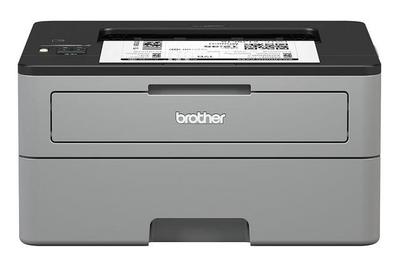
If you print a high volume of documents, text, and reports, opt for a laser printer.Ī. If you print a low volume of documents and quite a few photos, go inkjet. The best printer for you depends on your individual needs: Help! I still can’t decide between an inkjet and a laser printer.Ī. One of the fastest monochrome laser printers we’ve reviewed championed a rate of 27 ppm.īuying both a low-cost monochrome laser printer and a low-cost inkjet color printer for home use may sound expensive, but the investment can be surprisingly low. Here are a few other features to consider when shopping for a laser printer: Print speedĬolor machines are slower, but good ones manage at least 15 pages per minute (ppm). It's convenient for you, and the technology allows you to share your printer with friends and colleagues if you choose.

In a busy office setting, a color laser printer with copy, scan, and fax functions is likely to be the optimum choice.Įvery top laser printer today offers wireless printing and mobile device compatibility either remotely via cloud services or by using Near Field Communications (NFC).For occasional color work, it wouldn’t hurt to also keep a low-cost inkjet printer on hand. Should you get a monochrome (black and white) or color printer? Only you know what you need, of course, but we offer the following guidelines:įor basic home printing tasks, the ideal solution could be a low-cost monochrome laser printer. However, they also produce many more pages than an inkjet refill. Laser printer toner cartridges cost more than inkjet refills. The sheet that comes out of the printer is dry, and there’s no risk of smudging. To ensure the toner stays on the paper, the sheet passes through heated rollers.The drum rotates to transfer the image onto it. Once the toner is on the drum, though, it becomes negatively (-) charged.Ī second corona wire gives a strong positive (+) charge to a sheet of paper as it is fed through. The effect is known as static electricity. This negative (-) charge attracts fine, positively charged toner particles to the drum.


A high-voltage wire (called a corona wire) charges a cylindrical drum.


 0 kommentar(er)
0 kommentar(er)
